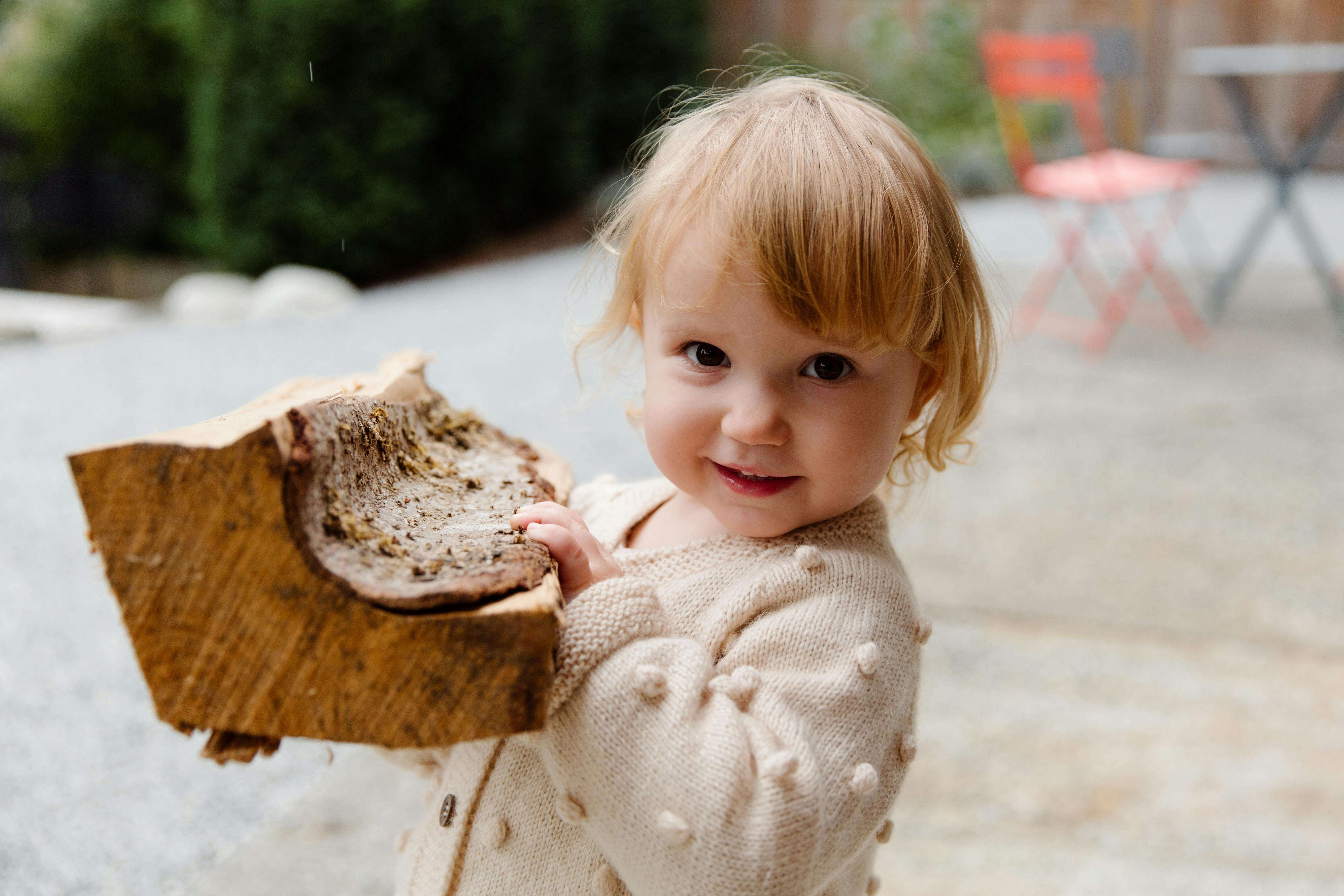Although used as a generic term to describe vintage and historical design, ‘vintage’ actually refers to the 1940s and 1950s. Vintage can be described as nostalgic, from a time most people can remember from the past. childhood or at least from their parents/grandparents. This style is not easy to define, since it did not match a bit. Postwar furniture from the 1940s and 1950s included family heirlooms, handed down, with a make-and-fix attitude. Therefore, elements from many different eras were incorporated. Wrought iron furniture was seen often as it was passed down to the next generation from the industrial revolution and the Victorian era.
influences
A massive wrought iron furniture trend exploded in 1920s America thanks to designers like John B Salterini, Lee Woodward, and Joseph Leinfelder. Salterini was a great influence; a mid-century New York designer who popularized wrought iron furniture. He was an émigré craftsman from Italy and from 1928 to 1953 he made quality iron furniture for indoors and outdoors. This included highly decorative wine racks, French-inspired vanity stools, cocktail tables, loveseats, and chandeliers. These inevitable trends crossed the ocean to Britain, where elaborate iron furniture designs were seen in high-society homes across the country.
the victorian era
All styles, from Rococo to Gothic, enjoyed a revival in the Victorian era. The best way to describe period décor would be lavish and opulent. Wrought iron furniture was extremely popular due to the fact that it could be “worked” into intricate and elaborate designs. The industrial revolution had allowed mass production of the material. Traditional craftsmen produced fabulously ornate designs that adorned Victorian homes. Often referred to as a “heavy” decorating style, Victorian England loved wrought iron furniture. French-inspired curls, twirls, and swirls were popular both within the home on mirrors, chandeliers, coat racks, and tabletops. An English country garden would not have been complete without traditional garden chairs and wrought iron benches.
Art nouveau
The Art Nouveau decorating style emerged in the 1890s with the Arts & Crafts movement. The ‘New Art’ was to move away from more traditional, artistic styles with curved lines and motifs influenced by nature. This also influenced the popularity of wrought iron furniture, as curvy designs incorporating plants, birds, flowers, and vines were easy to create.
shabby chic
This move is best described as French Country, although there are many different variations and interpretations. The term was not coined until the 1980s and is intended to mimic the look of old country houses from the 18th century. It is heavily influenced by old French styles. Rustic antique wrought iron furniture fits well with this décor.
Gothic
The Gothic style in interior decoration was originally inspired by medieval churches and architecture. It made a brief comeback in the late 19th century, popular due to its grandiose and dramatic style. When we think of Gothic architecture, we think of grand cathedrals, majesty, stained glass windows, intricate details, and symbolism. Admirers of this style use dark, detailed wrought iron furniture to create gorgeous Gothic interiors, including sconces, chandeliers, elaborate mirrors, and arched chairs.
Versatile wrought iron furniture can be used to recreate many antique interior decorating styles. It doesn’t matter if you’re looking to create an elegant and romantic dining room or a rustic shabby-chic kitchen. Vintage wrought iron furniture and accessories can be used to style spaces from any era.
